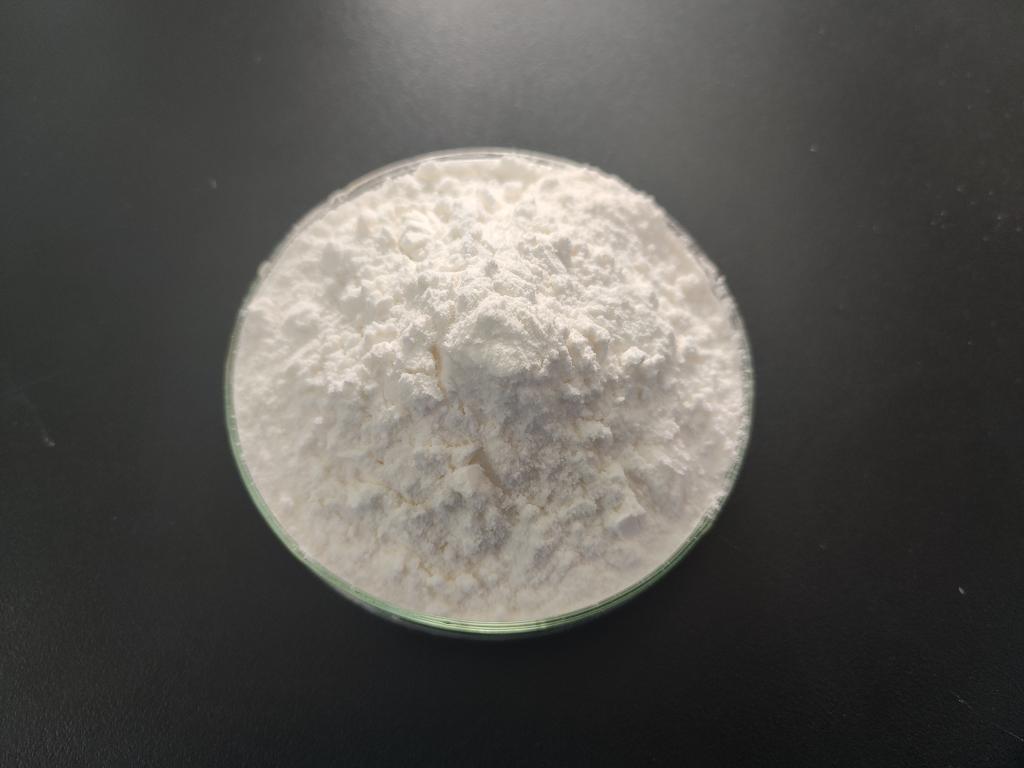Tel:+8618231198596

News
 CONTACT
CONTACT
 CONTACT
CONTACT
- Linkman:Linda Yao
- Tel: +8618231198596
- Email:linda.yao@dcpharma.cn
- Linkman:CHARLES.WANG
- Department:Overseas
- Tel: 0086 0311-85537378 0086 0311-85539701
News
Can ε-Polylysine hydrochloride be used in the preservation of sauces, dressings, and condiments?
TIME:2023-06-16
Understanding Sauces, Dressings, and Condiments:
1.1 Definition and Characteristics:
Sauces, dressings, and condiments encompass a wide range of products, including mayonnaise, ketchup, salad dressings, salsa, and various flavor enhancers. These products often contain a combination of ingredients such as oils, vinegar, spices, herbs, and other flavorings.
1.2 Preservation Challenges:
Due to their composition, sauces, dressings, and condiments are susceptible to microbial growth and spoilage. Factors such as pH, water activity, and nutrient availability can contribute to the growth of bacteria, yeast, and molds, leading to product degradation and reduced shelf life.
ε-Polylysine Hydrochloride as a Preservative:
2.1 Overview of ε-Polylysine Hydrochloride:
ε-Polylysine hydrochloride is a natural antimicrobial compound derived from microbial fermentation. It consists of multiple lysine residues linked together, and its antimicrobial activity is primarily effective against Gram-positive bacteria.
2.2 Advantages in Preserving Sauces, Dressings, and Condiments:
ε-Polylysine hydrochloride offers several benefits as a preservative for sauces, dressings, and condiments:
a) Broad-Spectrum Antimicrobial Activity: ε-Polylysine hydrochloride exhibits efficacy against a range of bacteria, including foodborne pathogens and spoilage microorganisms commonly found in these products, helping to extend their shelf life.
b) pH Stability: ε-Polylysine hydrochloride remains effective over a wide pH range, allowing for preservation in acidic and alkaline sauces, dressings, and condiments without compromising its antimicrobial activity.
c) Minimal Impact on Flavor and Texture: When used within appropriate concentrations, ε-polylysine hydrochloride does not significantly alter the taste, aroma, or texture of these products, preserving their sensory attributes and overall quality.
Safety Considerations:
3.1 GRAS Status:
ε-Polylysine hydrochloride has been designated as Generally Recognized as Safe (GRAS) by regulatory agencies, including the U.S. Food and Drug Administration (FDA) and the European Food Safety Authority (EFSA), affirming its safety for use in specified amounts.
3.2 Allergenicity and Toxicity:
Extensive studies have demonstrated that ε-polylysine hydrochloride does not exhibit allergenic properties. It is not metabolized in the human body and is excreted unchanged, posing minimal risk of toxicity when used within approved levels.
3.3 Regulatory Compliance:
Compliance with regulatory guidelines and maximum usage levels is essential when incorporating ε-polylysine hydrochloride as a food additive. Adhering to labeling requirements ensures transparency and consumer safety.
Impact on Sensory Attributes:
4.1 Taste and Flavor:
ε-Polylysine hydrochloride, when used in appropriate concentrations, does not significantly affect the taste or flavor of sauces, dressings, and condiments. The natural characteristics and sensory profile of these products can be preserved, maintaining consumer preference.
4.2 Texture and Stability:
The addition of ε-polylysine hydrochloride does not negatively impact the texture and stability of sauces, dressings, and condiments. Proper formulation and dosage adjustment can help maintain the desired viscosity and stability of these products.
Application and Integration:
5.1 Dosage and Application Methods:
The optimal dosage of ε-polylysine hydrochloride depends on the specific product formulation, target microorganisms, and desired shelf life. It can be added directly to the product during manufacturing or incorporated into packaging materials.
5.2 Packaging Compatibility:
ε-Polylysine hydrochloride can be integrated into packaging materials, such as films or sachets, to provide an additional antimicrobial barrier. This integration enhances the preservation potential of sauces, dressings, and condiments, particularly for single-serve or portioned packaging formats.
Consumer Perception and Acceptance:
Transparent communication and education regarding the use of ε-polylysine hydrochloride as a preservative are crucial for consumer acceptance. Providing clear information about its purpose, benefits, and safety can help maintain consumer trust and confidence.
Conclusion:
ε-Polylysine hydrochloride shows promise as a natural preservative for sauces, dressings, and condiments. Its broad-spectrum antimicrobial activity, stability across different pH ranges, minimal impact on sensory attributes, and regulatory compliance make it an attractive option for extending the shelf life of these products. By incorporating ε-polylysine hydrochloride into formulation and packaging strategies, producers can enhance food safety, reduce product waste, and maintain the taste, texture, and overall quality of sauces, dressings, and condiments.
- Tel:+8618231198596
- Whatsapp:18231198596
- Chat With Skype







